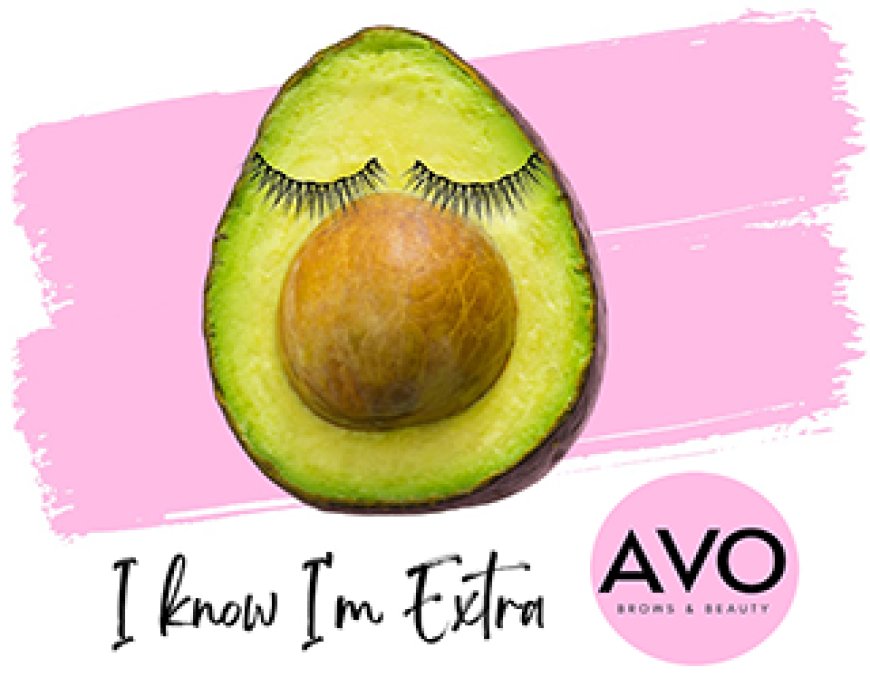Candy Companies Are Investing In Biotech Solutions To Overcome Cocoa Supply Challenges


Having long been the prerogative of the rich, chocolate is now a common food item in Europe and North America, available in countless forms, such as spreads, sweets, chocolate bars, truffles, cocoa powder, etc. Chocolate is derived from cocoa beans, the fruit of the cacao tree, also known as Theobroma cacao. Cocoa is produced in South America (Colombia, Ecuador, Venezuela, Brazil, and Guiana), Central America, the West Indies, West Africa (Nigeria and Ghana), Ceylon, and Java.
Millions of small-scale cocoa growers deliver the vast majority of the world’s cocoa. In the upper tiers, the supply chain is highly concentrated, with processing conducted by Barry Callebaut, Cargill, and Olam. More than half of the global chocolate consumption is supplied by Ferrero, Mars, Mondelez, and Nestlé. Pests and disease, climate change, low soil fertility, cadmium content in soils, and Russia’s war in Ukraine menace cocoa production, affecting both the quantity and quality of beans, as well as driving up prices for consumers.
Effective risk mitigation is likely to include biotechnology, with special emphasis on genetics/genomics, in vitro embryogenesis, and genetic transformation. To gain a deeper understanding, please proceed.
Cocoa Prices Have Repeatedly Hit Record Highs Since 2024
The demand for cocoa is growing due to increasing consumption in emerging markets like India, China, and Japan, heightened consumer interest in artisanal and responsibly sourced products, alongside mounting regulatory pressure to establish transparent, sustainable, and deforestation-free supply chains. There’s not sufficient cocoa available to meet the demand. Ghana, the second-largest producer of cocoa ingredients, had a harvest 45% below its recent averages. Moreover, drought conditions decimated crops throughout Latin America and the Dominican Republic.
Years of underinvestment in farmers explain why they and their cocoa crops were incapable of adapting and absorbing the shocks of climate change. Though the surge in prices has temporarily benefited some cocoa growers, it has done nothing to solve the structural inequities of the value chain, such as aging plantations, limited access to capital, and poor rural infrastructure, to name a few. Challenges around differentiating between commodity cocoa and fine flavor cocoa translate into the fact that the latter is sometimes sold via the bulk market, driving down prices even more.
Genetic Innovation And Molecular Tools Reshape Cocoa Production
Cocoa is a diploid fruit crop with a relatively small genome, which means they have 10 pairs of chromosomes. The availability of whole-genome sequences has enabled the identification and characterization of new genes of interest to breeders, not to mention the development of molecular markers that can be used to locate and select desired traits in cocoa plants. Today’s cocoa genetics research community is well organized, highly collaborative, and poised to deploy new genomics resources.
Mars, the candy giant behind M&M’s and Snickers, and Pairwise, a biotech company that specializes in gene editing, agreed to use CRISPR technology to engineer cocoa to make it more resilient to climate stress, disease, and heat. The partnership gives the food company access to Pairwise’s FulcrumTM platform, which allows for precise genome editing in agriculture and is already widely deployed in the development of new plant traits and plant varieties. Fulcrum uses the SHARCTM enzyme to cut, remove, and sequence DNA.
In vitro techniques make cocoa improvement faster, serving as the basis for the efficient propagation of optimized cocoa genotypes and the conservation of invaluable breeding materials. As a rule, cocoa is propagated by means of seeds, and the maintenance of such material is a labor-intensive process. In vitro embryogenesis or somatic embryogenesis allows for the replication of elite cocoa genotypes with desirable traits, such as disease resistance and high yields. Additionally, it’s more adaptable to large-scale production.
Nestlé has assimilated in vitro techniques into its cocoa sustainability efforts through the Nestlé Cocoa Plan. Guided by protocols developed at Penn State University, Nestlé utilizes somatic embryogenesis to mass-propagate cocoa plants in liquid culture media, enabling the commercial-scale multiplication of superior genetic lines. The resulting chocolate flakes are used in Nestlé’s products without compromising taste. Somatic embryogenesis is the most powerful tool for biotech-driven cocoa improvement for companies like Nestlé, but for smallholder farmers, grafting remains the go-to due to its simplicity and speed.
Not All Stakeholders View Biotech Favorably
Top candy companies, including Lindt and Mondelez, are actively investing in research hubs and start-ups that grow cocoa cells in bioreactors under controlled conditions to increase their supply of cocoa without causing environmental harm or significantly increasing costs. The core of innovation lies in Zurich. Barry Callebaut, under pressure from declining sales and a tight global supply, formed a strategic R&D partnership with the Zurich University of Applied Sciences to explore new ways of producing chocolate while strengthening supply chain resilience.
Nevertheless, cocoa biotechnology is far from being embraced, and the pushback comes from several directions. Critics argue that, while innovative, biotech solutions don’t address the root cause of the problem, namely that cocoa-farming families earn below the poverty line, forcing reliance on child labor in some cases. According to the experts at ofi, companies should connect more profoundly to the communities from which they purchase their cocoa, observing first-hand the impact of their investment decisions.
Genetically engineered cocoa could deepen the dependence on large corporations, universities, and research institutions for seeds and technology, further reducing farmer autonomy. This is a considerable departure from the traditional practice of saving and replanting seeds from their own harvest, which gives farmers a high degree of control over the output. If a farmer’s crop is cross-pollinated by a genetically engineered variety, this creates a dangerous situation that could lead to legal disputes. Even if CRISPR-edited cocoa is safe, some consumers reject it on principle.
Concluding Observations
Biotechnology offers a promising path to safeguard chocolate’s future by improving disease resistance, boosting yields, and reducing environmental strain, but it raises concerns over farmer dependency on corporate seed systems, consumer resistance to gene-edited foods, and possible impacts on biodiversity. All in all, candy companies must balance innovation with transparency, ethics, and long-term sustainability. It’s not a matter of choosing one over the other.
The post Candy Companies Are Investing In Biotech Solutions To Overcome Cocoa Supply Challenges appeared first on Entrepreneurship Life.





